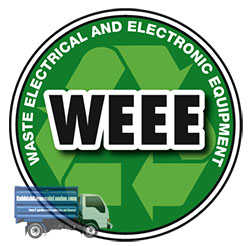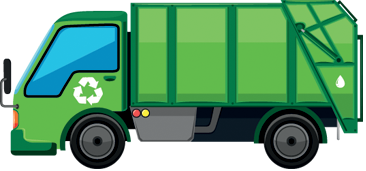The WEEE Directive came into existence in twenty twelve, when the EU Parliament voted and accepted the program for Recast of Waste Electrical and Electronic Equipment. The program was a European-wide initiative to reclaim as much use as possible from waste electrical and electronic appliances and devices. This made perfect sense because such items are not only considered hazardous waste, but they also contain a certain amount of high value materials like precious metals for instance.
The UK also ratified and accepted the WEEE Directive and even voted on it to become a domestic law. The WEEE law has been in effect since late twenty twelve. The UK government predicts and estimates that by the two thousand twenty, Great Britain will dispose of about twelve thousand tonnes of scrapped electronics and electric devices. The estimated value of useful materials and precious metals in these twelve thousand tonnes is over one billion pounds – a substantial sum of money indeed.
In its essence, the WEEE Directive aims to maximise the recycling, reuse and recovery of secondary (valuable) materials from scrapped electric and electronic equipment. The Directive although well intent, raises the bar quite high in terms of recycling rates and targets to be met. The interim requirements alone set a target of minimum of forty five percent any device’s weight to be recycled or reused. The requirement figures grow substantially throughout the duration of the Directive – which makes everything all the more challenging.
Diverting millions of pounds worth of precious metals from ending up in landfills is the main priority of the UK government’s Resource Security Action Plan. The program also educates about responsible disposal of electronics and electric equipment – another issue that needed addressing in the UK.
Whether the WEEE Directive goals and targets are too high or not remains to be seen, but one thing is certain – without the right technology, these figures are simply unachievable for any country. New technology is available to WEEE recycling companies and many of them are taking full advantage of it as the prospect of salvaging millions of pounds worth of precious metals from the electronic waste stream is too lucrative to pass. On the same note, WEEE Directive waste is also considered hazardous and must be disposed of properly. If your household or business requires removal of hazardous waste, by all means a specialised rubbish removal service as hazardous waste is subject to specific removal and disposal regulations.
 Although technology is available, WEEE waste processors are still struggling to remove unwanted pollutants from useful materials in the electronic waste stream. Recovering profitable components at high purity levels is a process still in development. At the moment, in many locations recycling of WEEE waste and salvaging materials of value is still done the traditional way. Electronic waste is collected, then delivered at the processing plant where it is sorted and dismantled manually by people. Then the waste is shredded in special machines and then smelted for recovery of materials. Individual fractions are removed from the residue at different stages using chemical and mechanical methods.
Although technology is available, WEEE waste processors are still struggling to remove unwanted pollutants from useful materials in the electronic waste stream. Recovering profitable components at high purity levels is a process still in development. At the moment, in many locations recycling of WEEE waste and salvaging materials of value is still done the traditional way. Electronic waste is collected, then delivered at the processing plant where it is sorted and dismantled manually by people. Then the waste is shredded in special machines and then smelted for recovery of materials. Individual fractions are removed from the residue at different stages using chemical and mechanical methods.

